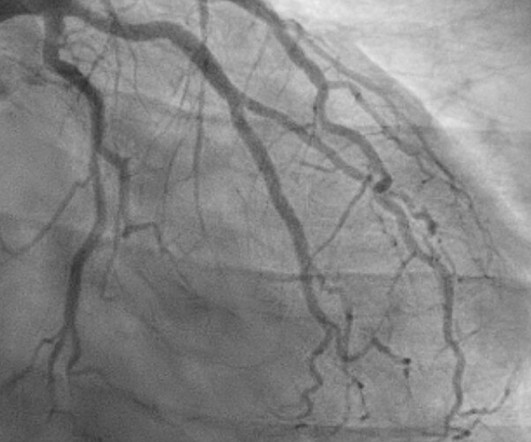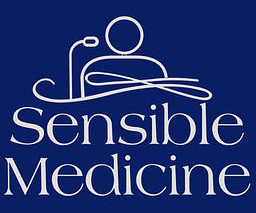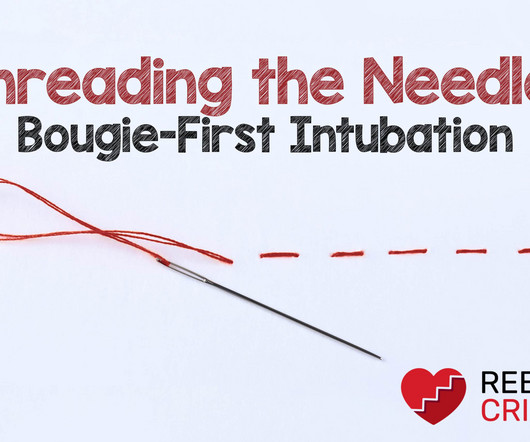Coronary Angiography Guide by Willy Frick -- Everything you ever wanted to know about the Cath Lab
Dr. Smith's ECG Blog
NOVEMBER 25, 2024
Introductory Angiography Guide To find the guide later, go to the banner at the top of the blog: This blog is dedicated to improving understanding of ECGs in the context of emergency medicine. A substantial proportion of cases discussed include diagnostic angiography. Attaining expertise in angiography requires dedication and practice. What follows is an introduction to angiography -- a guide meant for people with no prior experience interpreting angiograms.



















Let's personalize your content